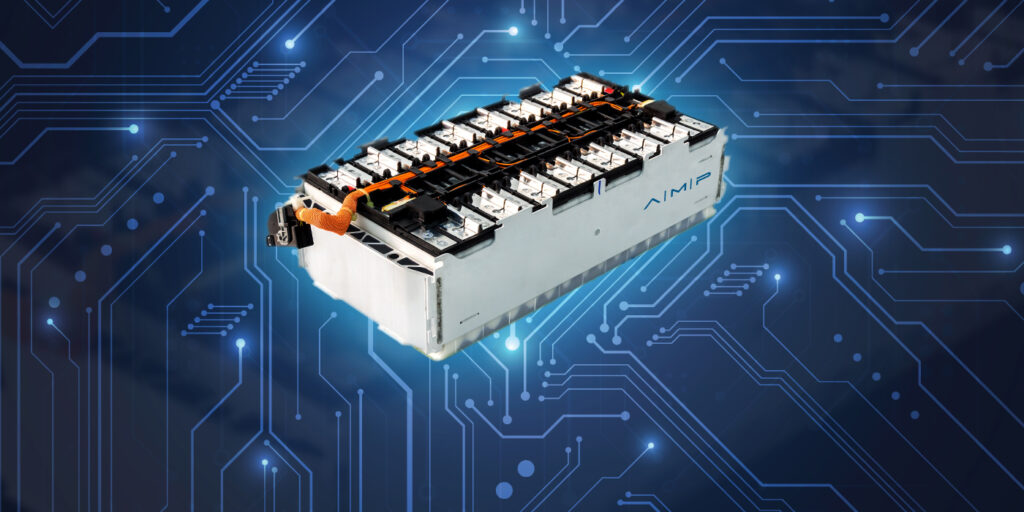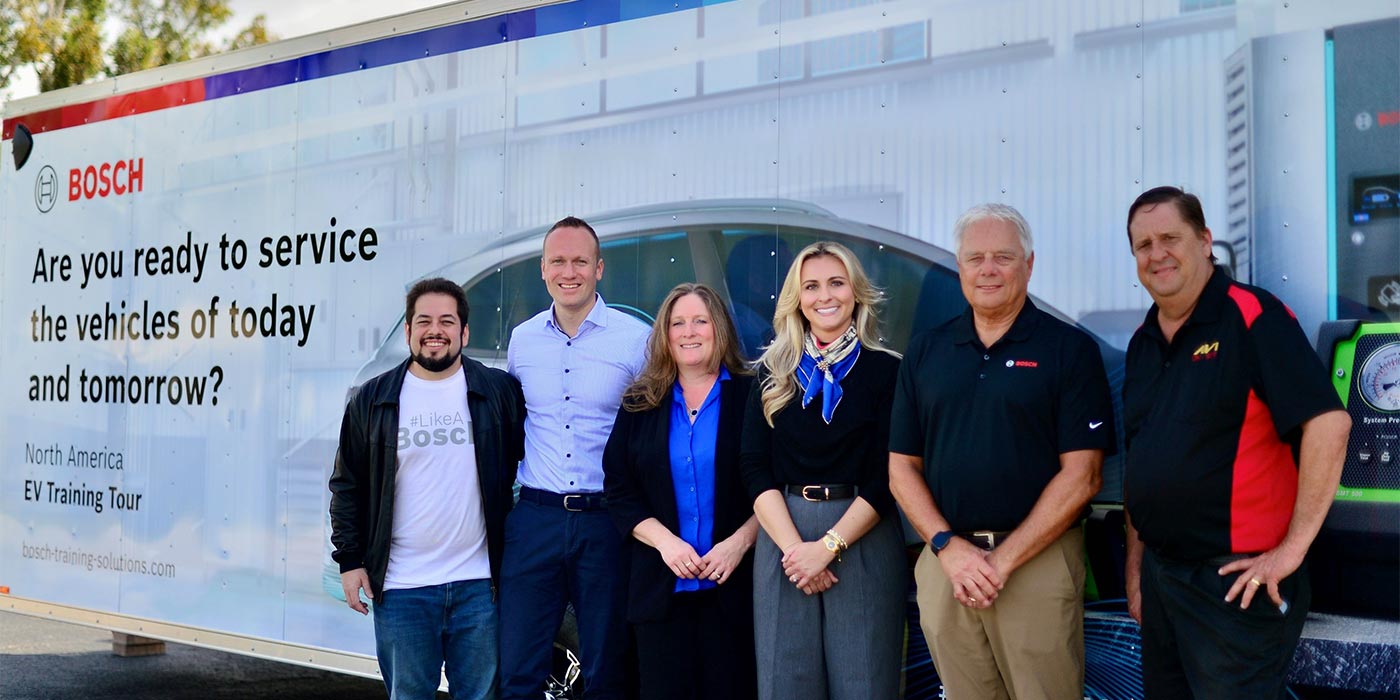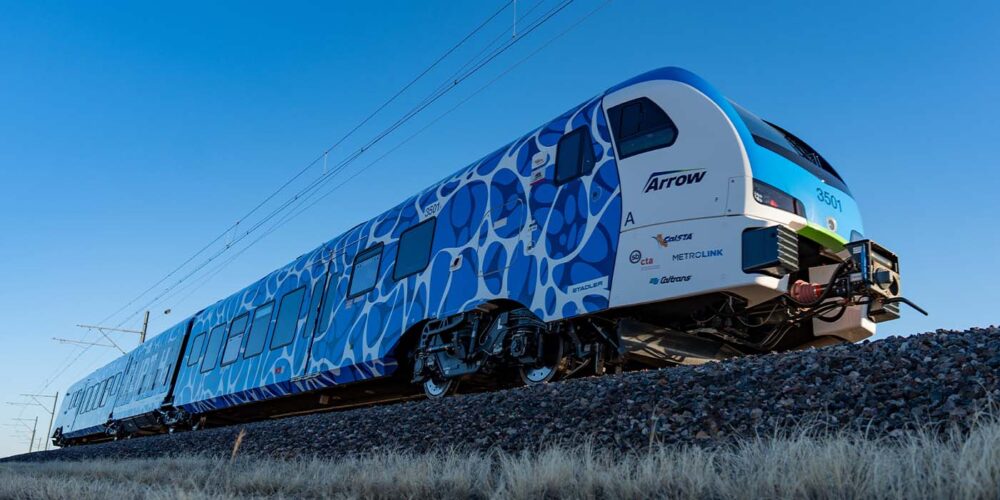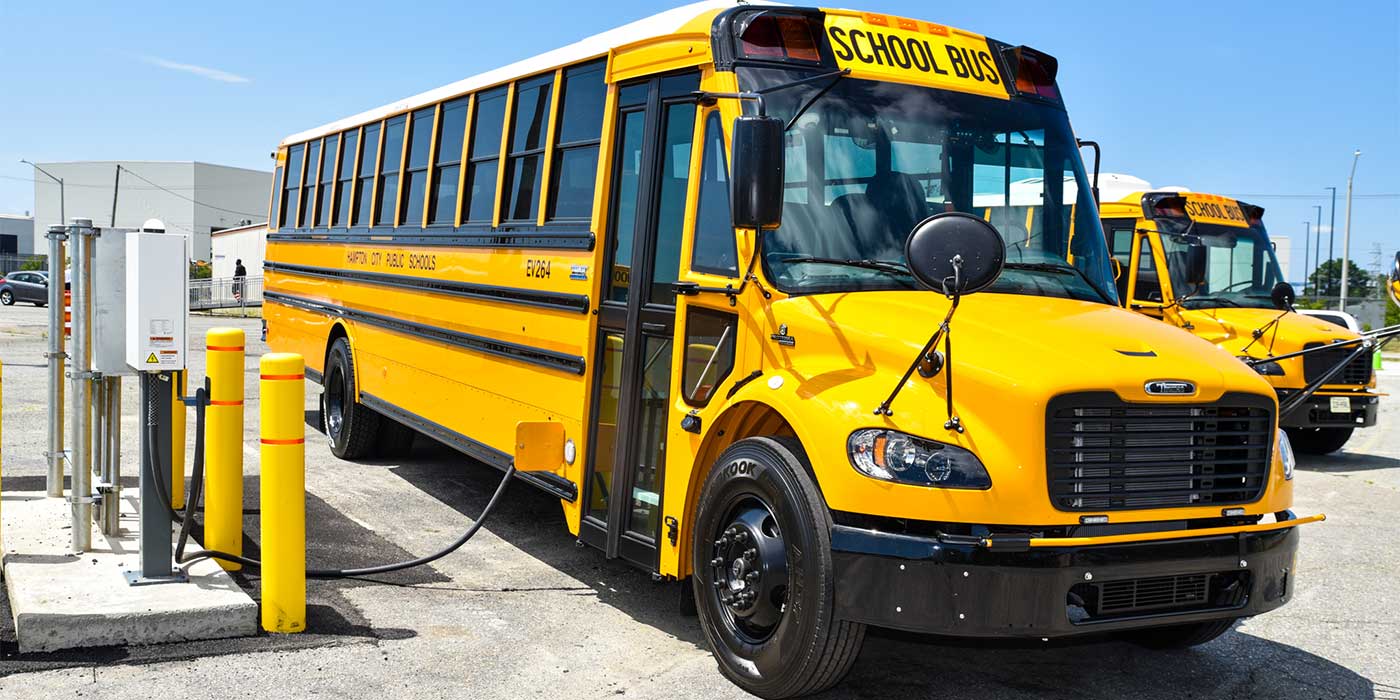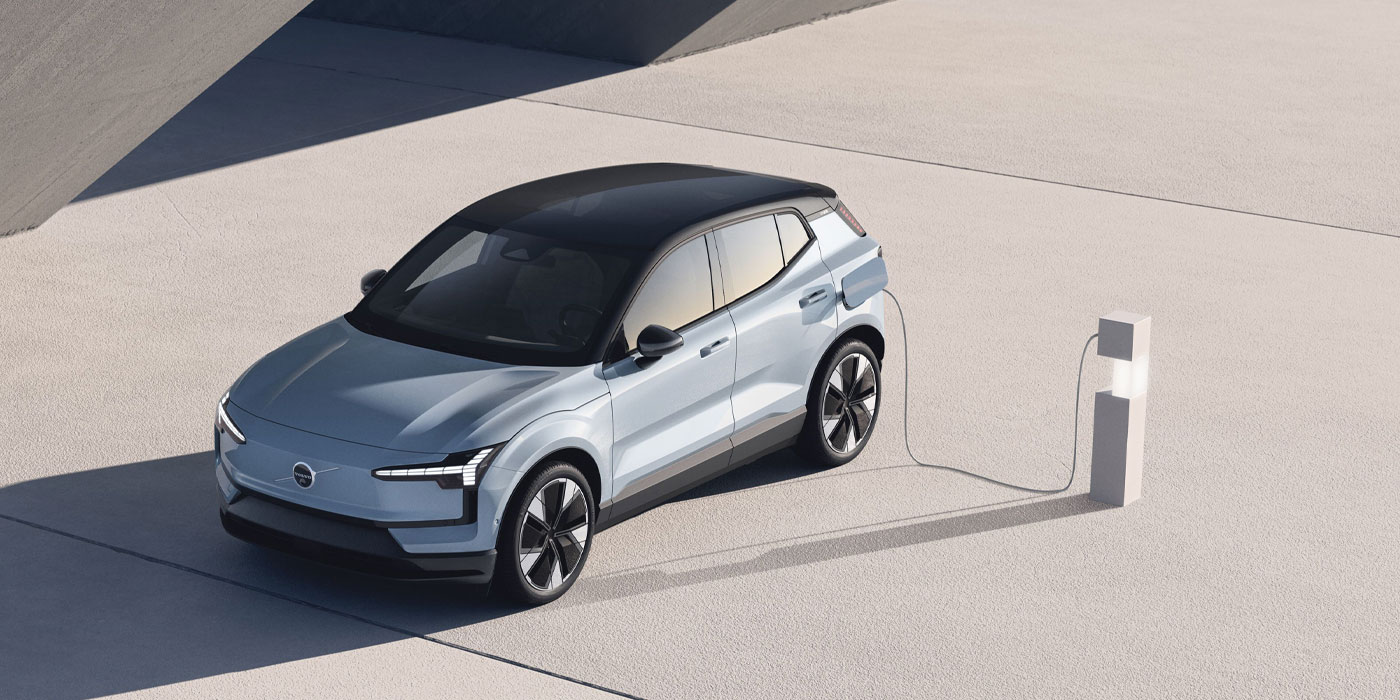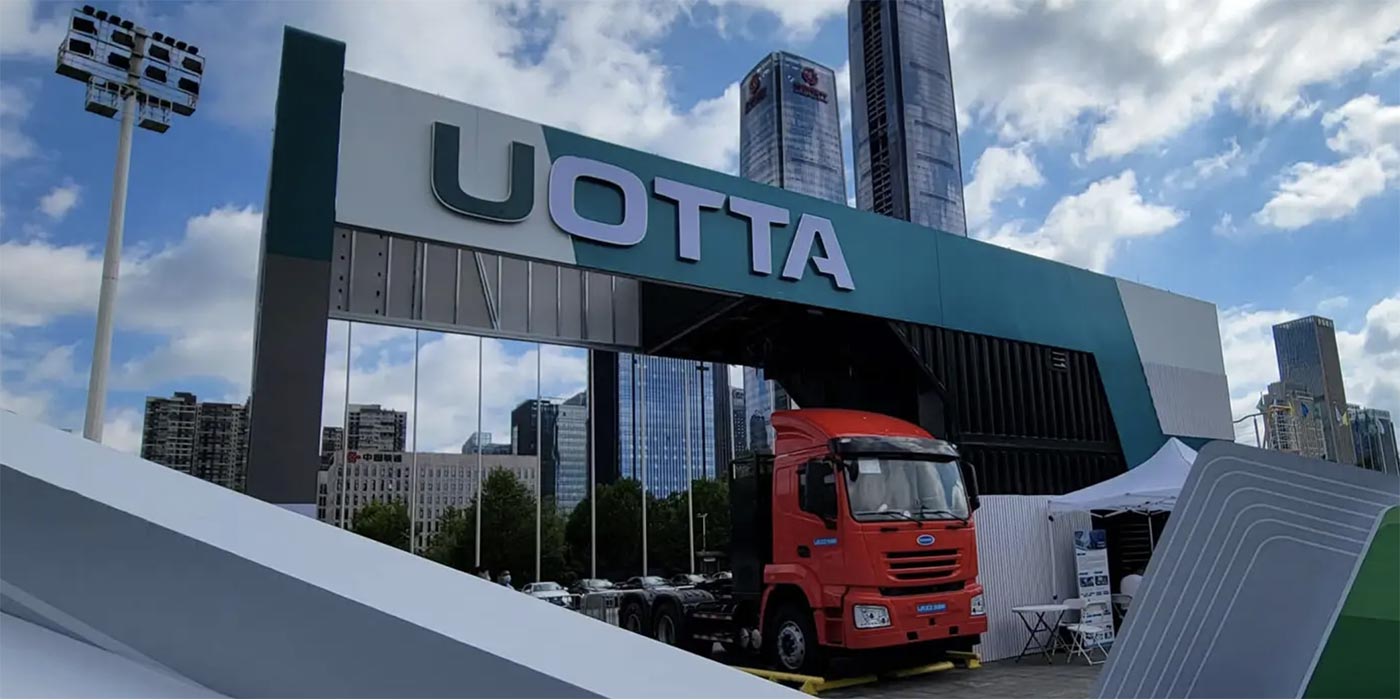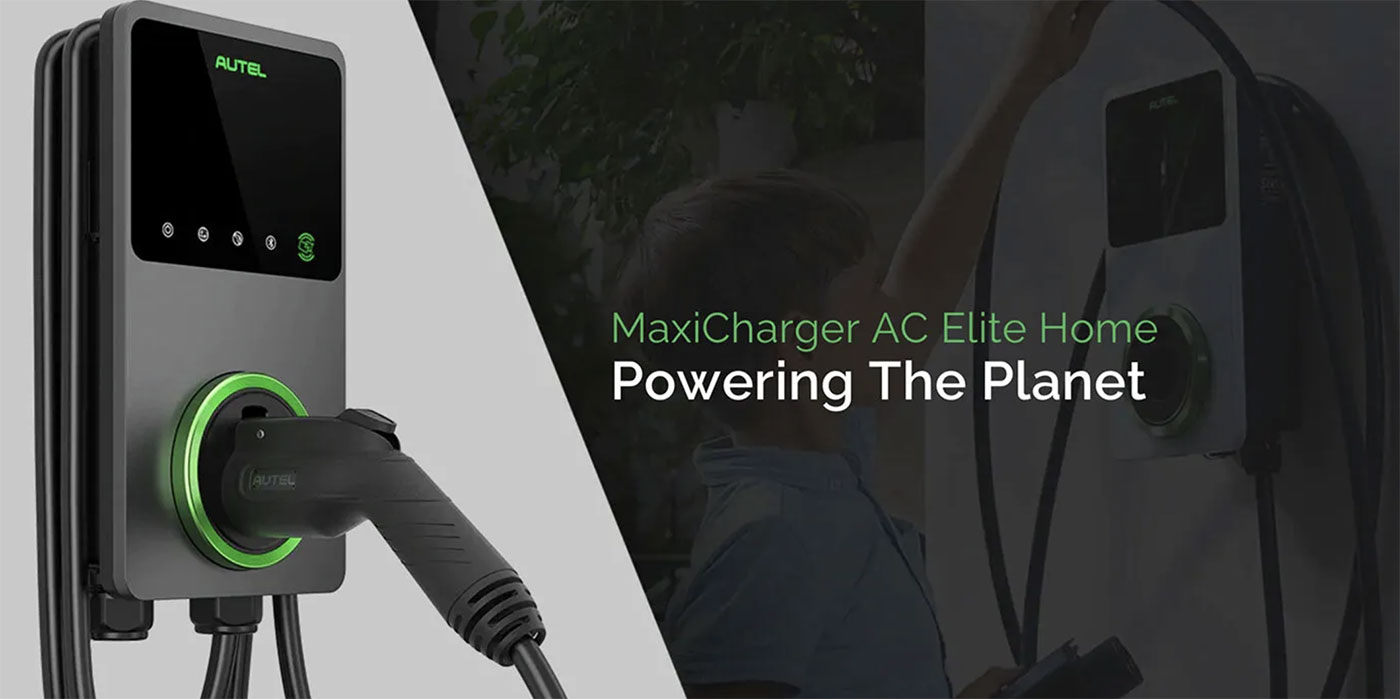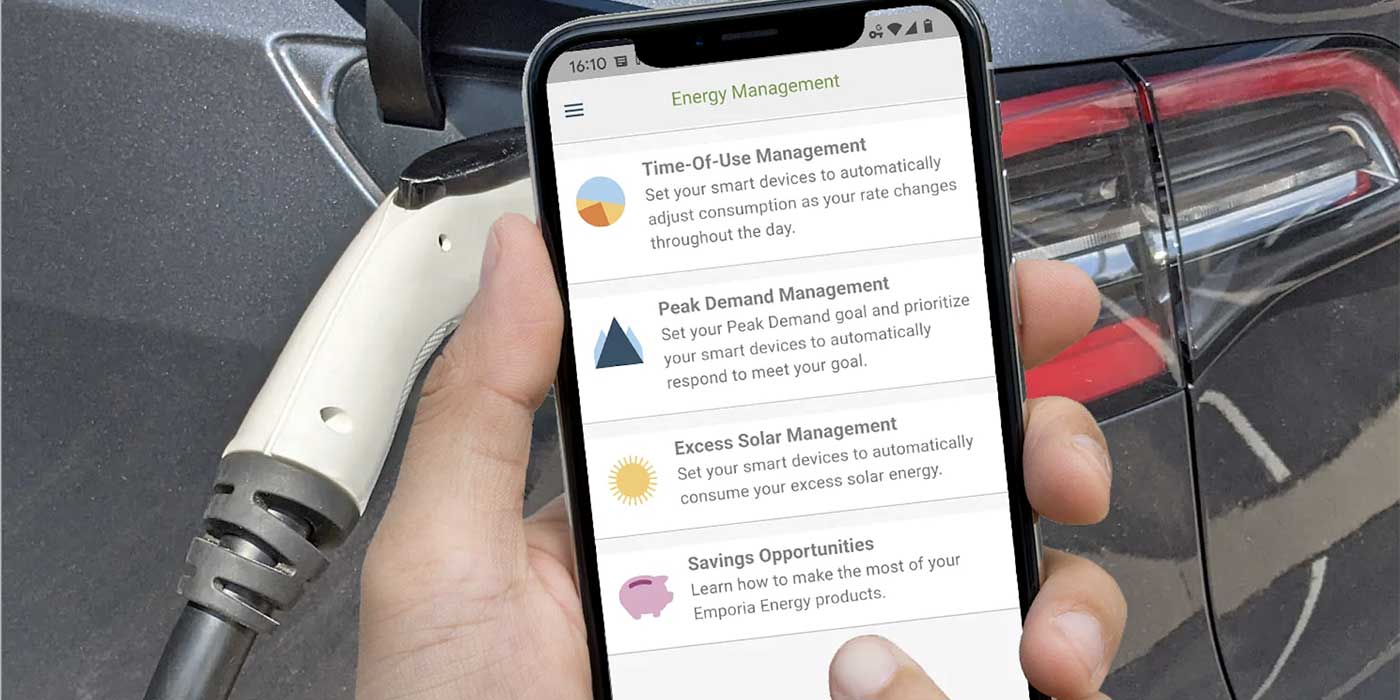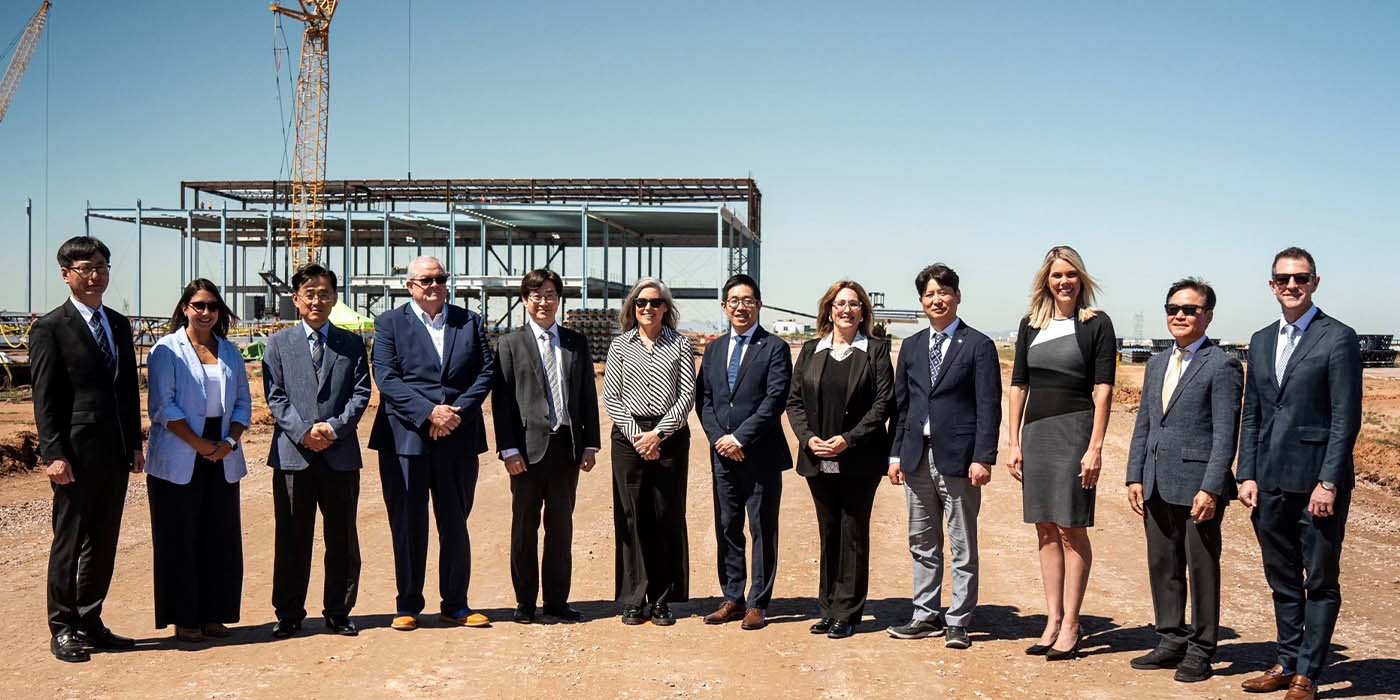If you had to guess, what is the No. 1 driver of an electric vehicle’s overall performance? Maybe it has something to do with the power capacity of the battery – perhaps some magic combination of voltage, current and resistance – or the style of battery being used. According to Anil Paryani, CEO of AMP, an energy management company that specializes in charging and battery management systems, the reality is that software is almost everything in EVs, and the systems that control battery/energy/charging are just as important, if not more important, as the type of battery.
Paryani is no stranger to the EV space; with more than 30 patents to his name behind systems that control range, charge time and the overall performance for EVs, he has experience working with companies like Honda, AeroVironment, Tesla, and Faraday Future. His company’s proprietary Connected Energy Management System (CEMS) is used in micro-mobility (e-scooters, etc.), EVs, heavy industrial equipment and high-speed transportation.
Paryani recently sat down with The Buzz to answer a few questions:
Can you explain how EV OEMs use artificial intelligence (AI)-driven software solutions to enhance attributes like battery range, charge time and overall performance?

Present OEMs are not using AI at the moment for battery management and charging functions. To run AI-driven software takes a large amount of computing power and RAM, which is typically cost-prohibitive for manufacturers. Presently, battery range and charge time can be made accurate without using neural networks. Having said that, the line between vehicle firmware and cloud software is disappearing as connectivity becomes ubiquitous. And, improving battery management functions with AI is actually part of AMP’s roadmap and a key differentiator of our strategy: We see charging, battery and cloud as one ecosystem, and our proprietary CEMS solution encompasses all of this. That said, these won’t quite be mainstream until a little bit down the line.
Is the software AMP develops a universal fit for all EVs or is it custom-tailored for different applications?
AMP’s software is highly configurable and custom-designed for each OEM’s very unique needs and specific battery pack, with the ability to tune hundreds of parameters. This includes non-obvious parameters that help forward predict battery capacity loss. In general terms, our software platform can run on scooters, cars, trucks, aircraft and high-speed transportation alike. It is designed to be lightweight, to be able to run on a small processor in a scooter, but feature-rich, to control a mission-critical battery and charging system that’s required in much larger, immensely complex forms of electric-powered mobility.
On a macro level, one thing that people still aren’t fully aware of is that our CEMS can make up almost 80% of a pure electric vehicle’s platform (skateboard, as it’s called across the industry). When you put it in those terms, it paints a picture of just how critical our solutions are when building/designing an electric vehicle from the ground up. These solutions aren’t something you can simply take off a shelf and apply to any vehicle: we’re often involved with the design and engineering of a pure electric vehicle down to its core.
You have a background working for some high-profile companies in the EV space. Based on your experience, is there an aspect of EVs or EV performance that you believe is generally misunderstood by the public?
- Stopping at a gas station once a week is the actual inconvenience that people don’t realize until they own an EV and use home charging.
- Once a vehicle goes over 200 miles, “range anxiety” (what we refer to in the industry when consumers think they need a certain amount of EV range for practicality) is not a big factor in practical, everyday use – and you rarely will need a fast charger.
- The battery pack tends to outlast the life of the vehicle.
- Home charging is a major convenience.
What big advancements do you expect to see in EVs in the next five years, and how can software help facilitate or enhance those advancements?
So, actually, EV performance is superior to internal combustion engine (ICE) vehicles at the moment–and you are going to continue to see cars like the Taycan, Plaid, Hummer, etc. demonstrate this–but the cost of purchasing an EV is still a bit high. In the next five years, manufacturers are going to scale up present battery technology manufacturing. So in result, we are going to see a further reduction in battery cell prices, which, in theory, should lower EV prices. In addition, AMP’s technology saves at least $1,000 in electronics costs per vehicle for an OEM (more performance, faster manufacturing time and lower overall costs). This, along with present battery cell cost reduction, will bring us more mainstream EVs that can compete with the Honda Civic and Nissan Rogue in Europe and Asia. I see premium EVs continuing to dominate in the USA even more in the coming years as well.

